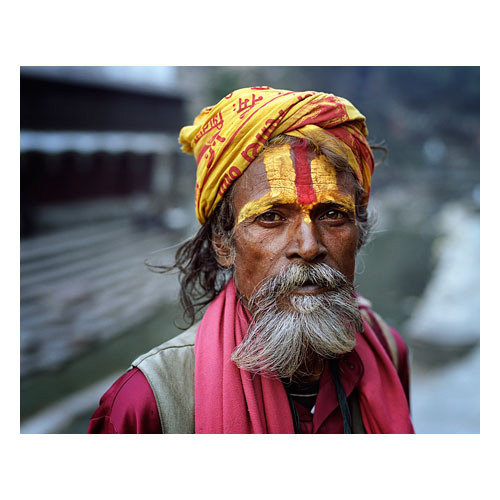"Collect four portrait images with two to five subjects.In at least one image the subject should have been placed in the foreground.Comment on the arrangement of the subjects in relation to the camera and the effectiveness of the design"
Photo by Jessica Hilltop
Photo by Brendan Stirton
Photo by Steve McCurry
Group portraits can be very diverse. Multiple subjects can be heavily focused on, or be used as sort of an accent to the main subject. An example of the latter would be the top picture; the main focus is the man in the middle. The people in the background are blurred and don't do much but create an environment for the subject. The second picture also focuses on one child more than the other, but the other child is still important. He adds a feeling of curiosity to the picture. Again, the third picture focuses on the center subject most, but the other two in the image are still important. They all set the mood, along with the background. The final image focuses on both subjects heavily. They both come together to perform a single emotion. If either subject was missing, the picture would lose meaning.

















